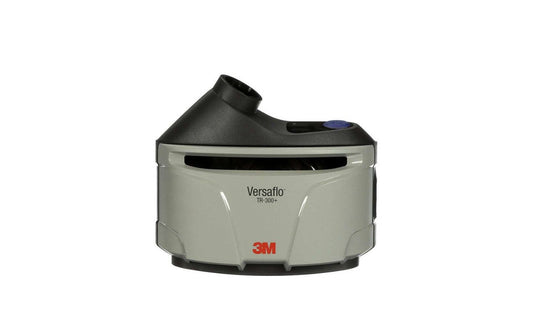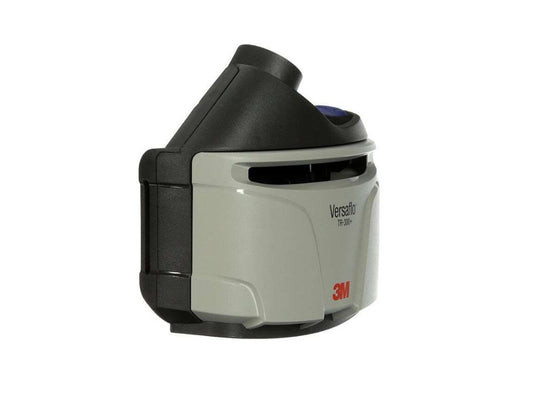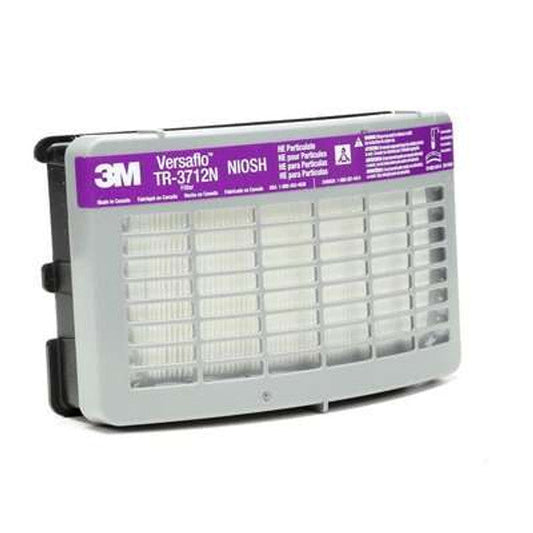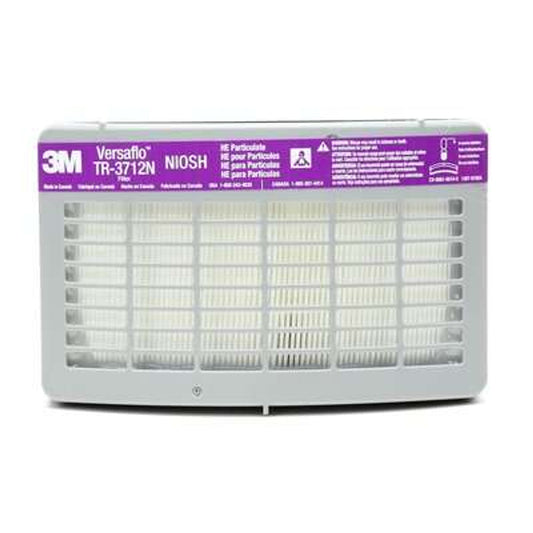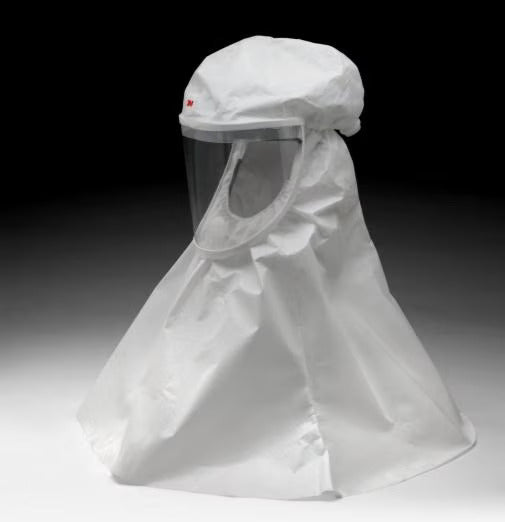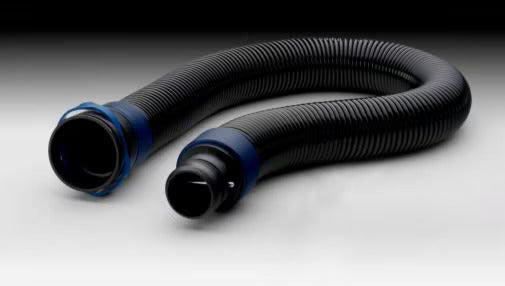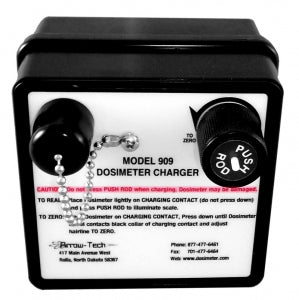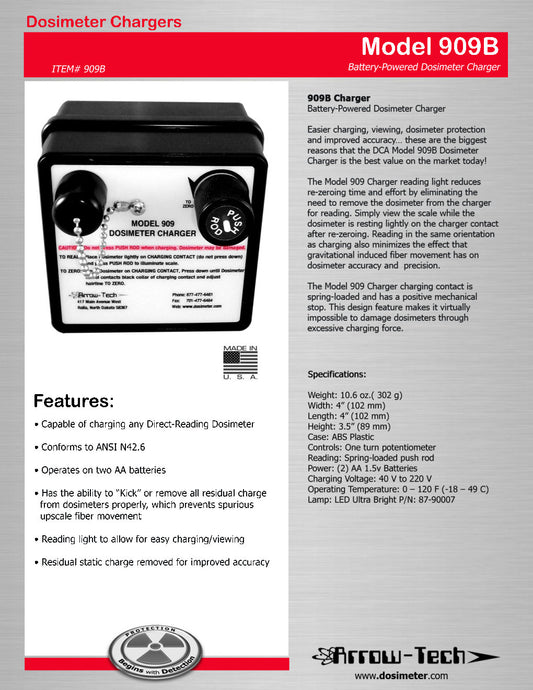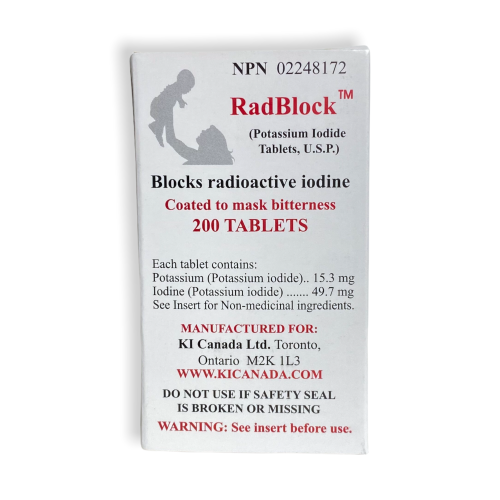
Prepare Your Family for Anything with Ready-to-Use Survival Essentials.
Collections
-
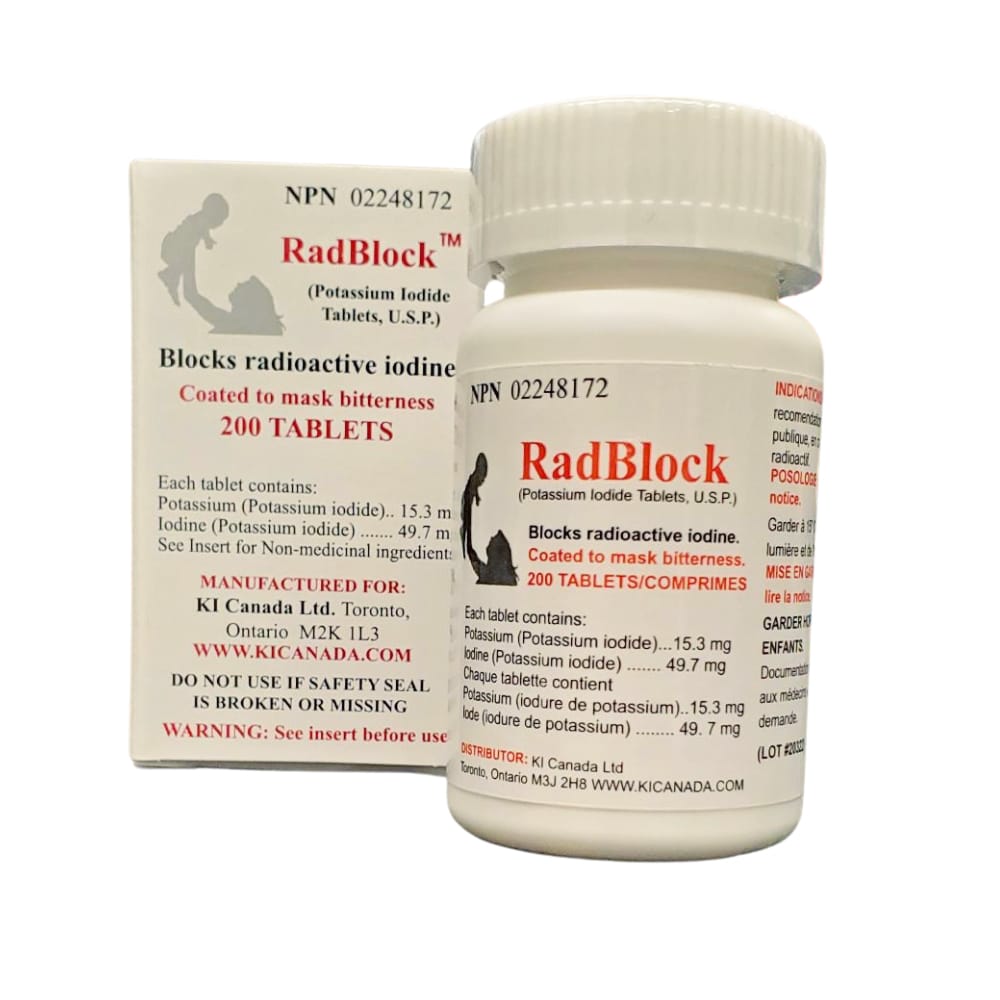
RADBLOCK POTASSIUM IODIDE
RADBLOCK POTASSIUM IODIDE has been produced by KiCanada from 2003. It is...
-
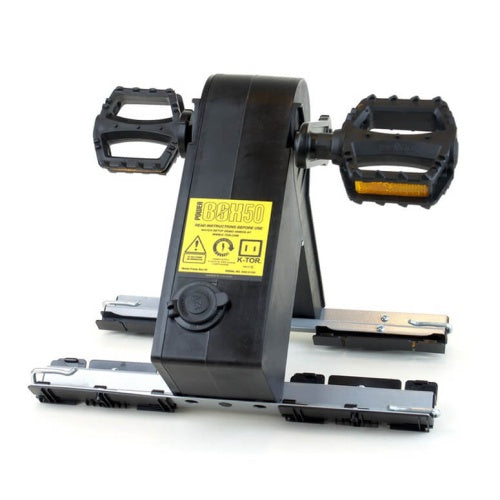
K-TOR - TO CHARGE OFF THE GRID WITHOUT ELECTRICITY
Custom Solar Solutions PowerFilm designs and manufactures custom solar cells, panels, and...
-

HEALTH CARE AND PROTECTIVE APPARAL
KI Canada has been a Dealer for Alpha Protech since the advent...
Featured products
-
3M TR-302N+ Versaflo PAPR Unit
Regular price $679.06 CADRegular priceUnit price / per -
3M TR-3712N-5 HE Filter for Versaflo TR-300 Series PAPR (Case of 5 Filters)
Regular price $288.97 CADRegular priceUnit price / per -
3M™ Versaflo™ Economy Hood, S-403L-20, Medium/Large, 20 EA/Case
Regular price $44.79 CADRegular priceUnit price / per -
3M™ Versaflo™ Length Adjusting Breathing Tube BT-30, 1 EA/BAG
Regular price $100.05 CADRegular priceUnit price / per -
909B Dosimeter Charger
Regular price $250.00 CADRegular priceUnit price / per -
Alpha Protech PFL 608 Case of 6 boxes 300 masks
Regular price $150.00 CADRegular priceUnit price / per -
AlphaProTech N95 Masks - 35 PI
Regular price $35.00 CADRegular priceUnit price / per -
Buy Bulk RadBlock 200 Coated Scored Potassium Iodide Tablets : Expire 2034
Regular price $72.00 CADRegular priceUnit price / per




